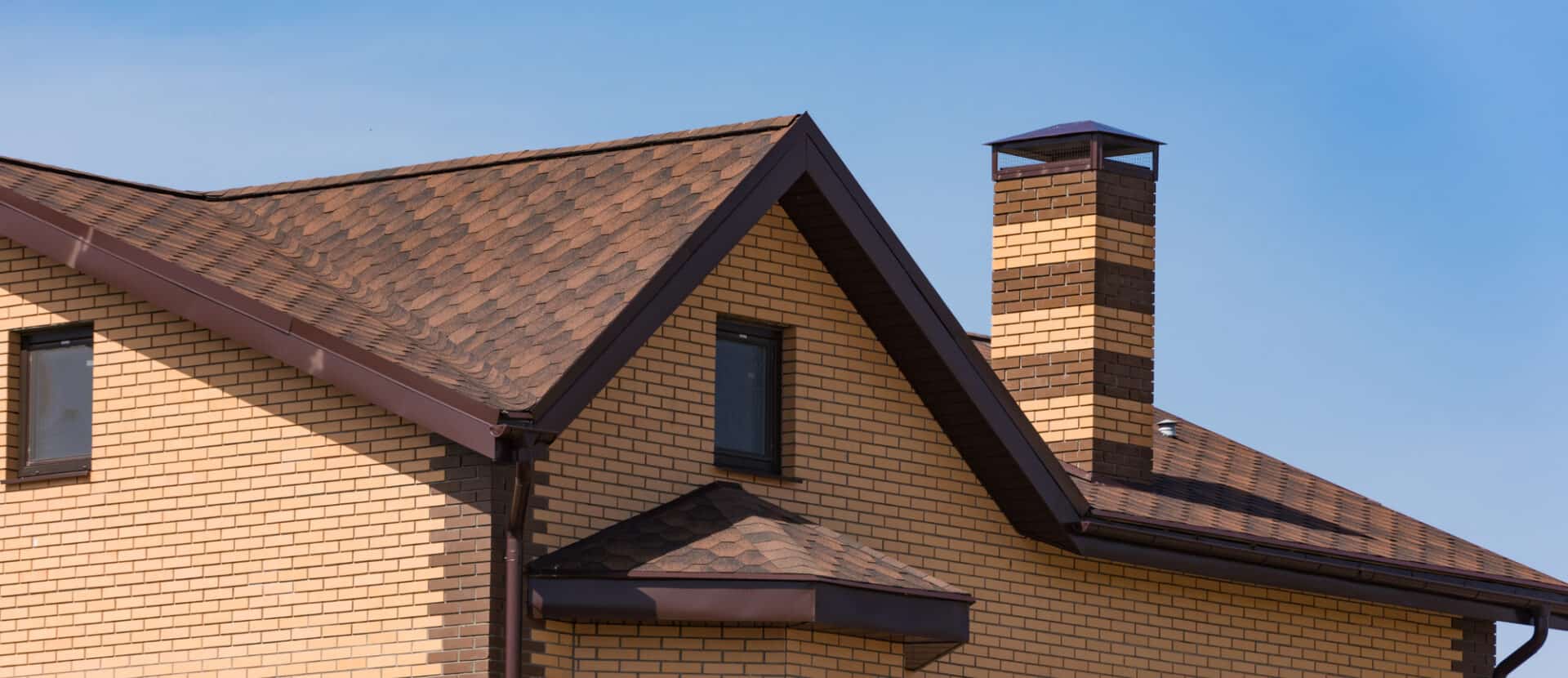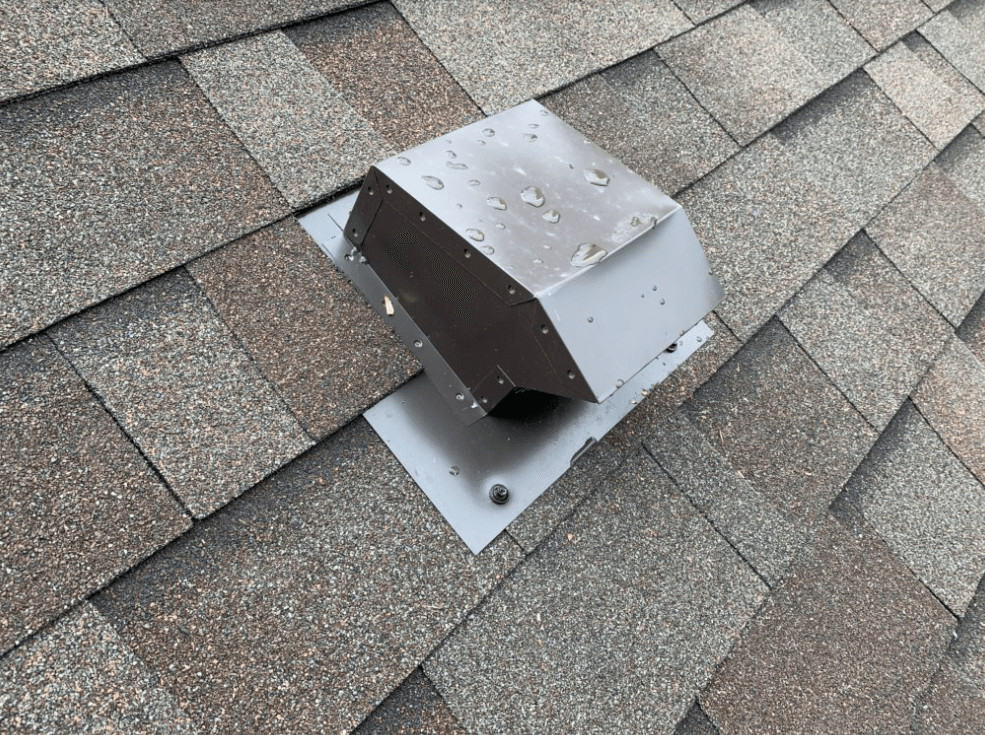If you own a home you have a roof. If you have a roof, it better be vented properly. If not, the effects of a non-ventilated roof system can trickle down to harm the whole home…including the people inside.
Roof ventilation works to keep warm air and moisture out of the attic. The goal is to keep the attic space in your home dry and cool. This will prevent black mold from growing in your attic, keep your plywood from failing, and help your shingles last as long as possible.
Without proper ventilation your attic will get warm from the heat of your home (or the sun in the summer) and will slowly build up moisture levels. This warmth and moisture has been known to cause many problems in an attic space, things like:
- Costing more to keep your home cool in the summer
- Severe ice damming in the winter, possibly leading to big leak problems
- Mold growing throughout your attic, posing a health hazard to your family
- Causing premature failure of your plywood and shingles
- Turning your attic into an attractive place for bugs and pests to nest in the winter
In order to prevent these problems you must have adequate roof ventilation. In short, this means you need 1 sq. ft. of venting for every 300 sq. ft. of attic space. This can be easily calculated using the floor plan of your home and adding the overhangs.
The 2 Critical Parts of Roof Ventilation
Once you figure out how much venting you need, you’ve got to split that amount between intake and exhaust.
Intake ventilation is where the air comes into your attic, and is located down near the edges of the roof. The best place is in your soffits. Just be sure they aren’t clogged with insulation!
Exhaust ventilation is where the air escapes from your attic, and is located as close to the peak of your roof as possible.
Even though there are no powered vents, a roof ventilation system that is set up right will continually cycle air through your attic at all times. On a well-ventilated home, you can actually hop up in the attic and feel a draft as the air is sucked in through the soffit vents and exits through the ridgevent.
However, if one of these areas is missing, clogged, or installed wrong it can completely hamper your ventilation and prevent your attic from being cool. A couple of examples are:
- If you have a lot of intake venting and no exhaust venting (which we actually see more often than you’d think), the air in your attic will not cycle, only a small amount near the soffit vents, which will let moisture and heat build-up.
- If you have a ridgevent AND roof louvers (aka “roof cans”) they will actually negate each other. Instead of sucking air up through the intake vents, it will be sucked in through the roof louvers, and exit through the ridgevent, creating a little area at the top of your roof where air will cycle, but not pulling all the air out of your attic.
- With exhaust vents and no intake vents, air will be stagnant and just cycle near the top. There has to be somewhere for the air to enter at the bottom for the entire space to breathe properly.
It’s also important to have plenty of insulation in your attic, to keep the heat inside your home (or out in the summer) and prevent excess heat transfer between the two areas. Wherever heat transfers, moisture will be present, and moisture is the enemy when it comes to keeping your home in good shape.
If you have any of these problems or suspect you do, you could be spending far too much in the summer to cool your home. Or worse, you could have black mold spreading through your attic (which can cause respiratory complications).
Contact Us For a Quote
Get in touch with the roofers at New Heights today if you need a roof. We’ll come out and give you a fair estimate. We work in Post Falls, Spokane, Coeur d’Alene, and surrounding communities.




